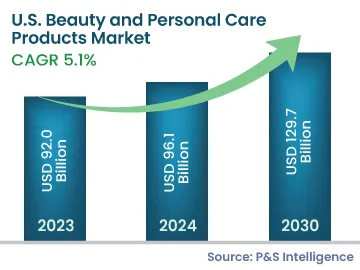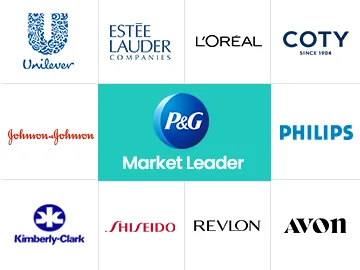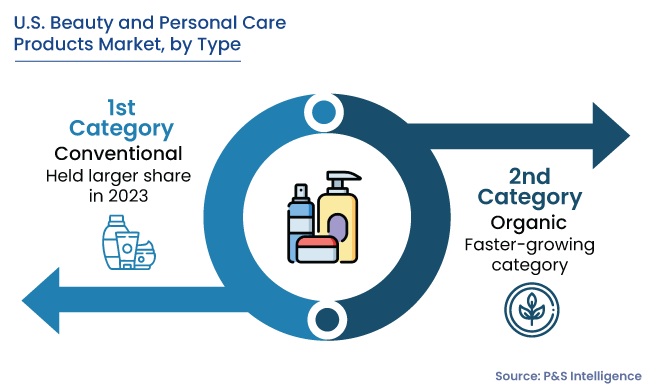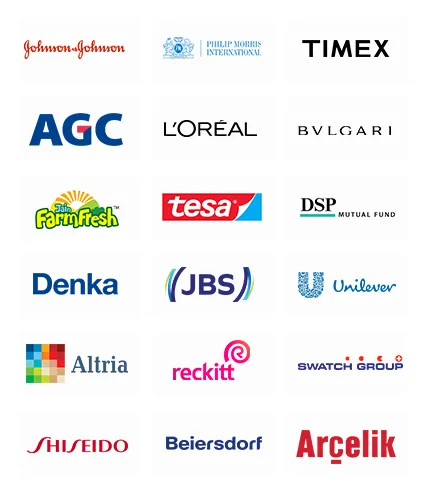U.S. Beauty And Personal Care Products Market Analysis
The U.S. beauty and personal care products market size was valued at USD 92.0 billion in 2023, which is expected to witness a CAGR of 5.1% during the forecast period (2025–2030), to reach USD 129.7 billion by 2030. The rising aging population, growing prevalence of skin diseases, shifting interest of consumers toward organic and chemical-free products, and increasing personal care spending are the key factors driving the demand for beauty and personal care products in the U.S.
The beauty industry has always been at the forefront of e-commerce innovation and reinvention. E-commerce platforms have transformed the industry in the past few years. As of 2024, the U.S. has 322.5 million internet users, which includes 95% of the total U.S. population. E-commerce platforms tend to provide more offers and discounts, which encourage consumers to shop online for branded beauty products.
In addition, these platforms offer ease of access and a better shopping experience, along with several other benefits. All these factors are predicted to contribute to the market growth in the forecast period.
In addition, the market is growing due to factors, such as the increasing number of working women, rising disposable income, and growing consciousness toward personal healthcare. According to an article published by the U.S. Bureau of Labor Statistics, a principal fact-finding agency for the federal government in the broad field of labor economics and statistics, the number of women in the labor force increased from 18 million in 1950 to 66 million in 2000 in the U.S., and it is expected to reach 92 million by 2050.
Further, the surging import of beauty products primarily cosmetic products from Asian countries, such as China, South Korea, Vietnam, and Thailand, has led to the reduction in prices of products, making them more affordable to consumers. Further, these products are sold as eco-friendly products with minimum adverse effects. This proposition is attracting American consumers as an alternative to harsh chemical-based beauty products.




